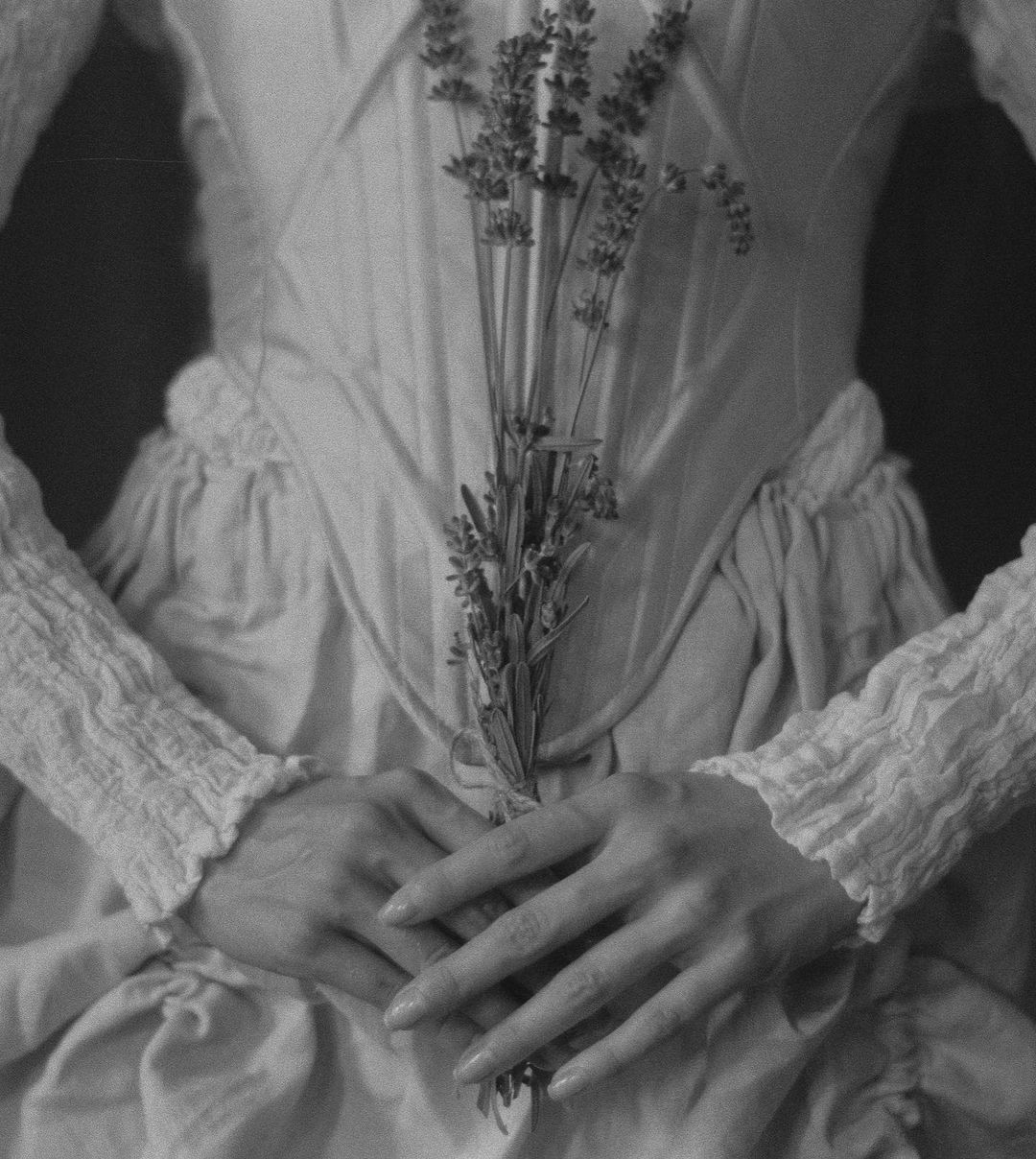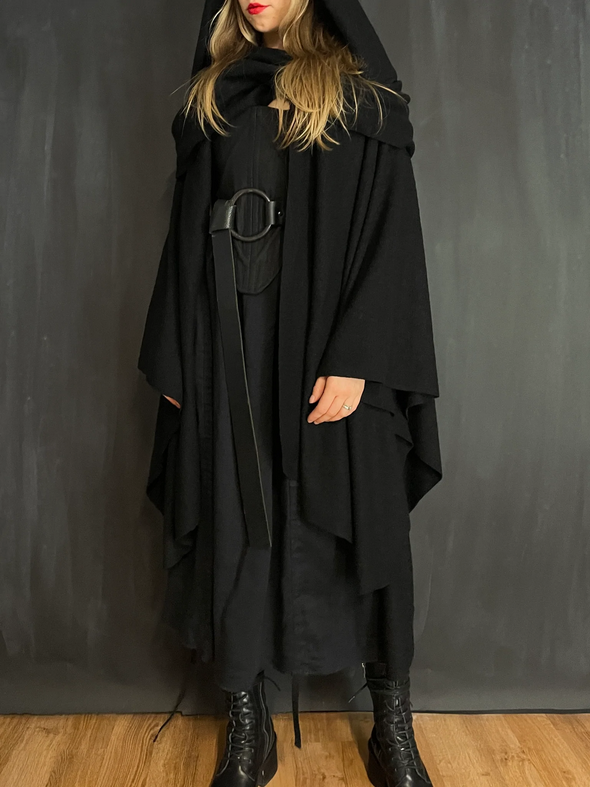b
Nuit FW2022
Nuit Atelier’s ten-year anniversary collection for fall/winter 2022 features gorgeous stays, linen drawstring skirts, romantic flowy gauze chemises, and the beloved and always-amazing Tournure Coat with its beautiful bishop sleeves and dramatic draping.

